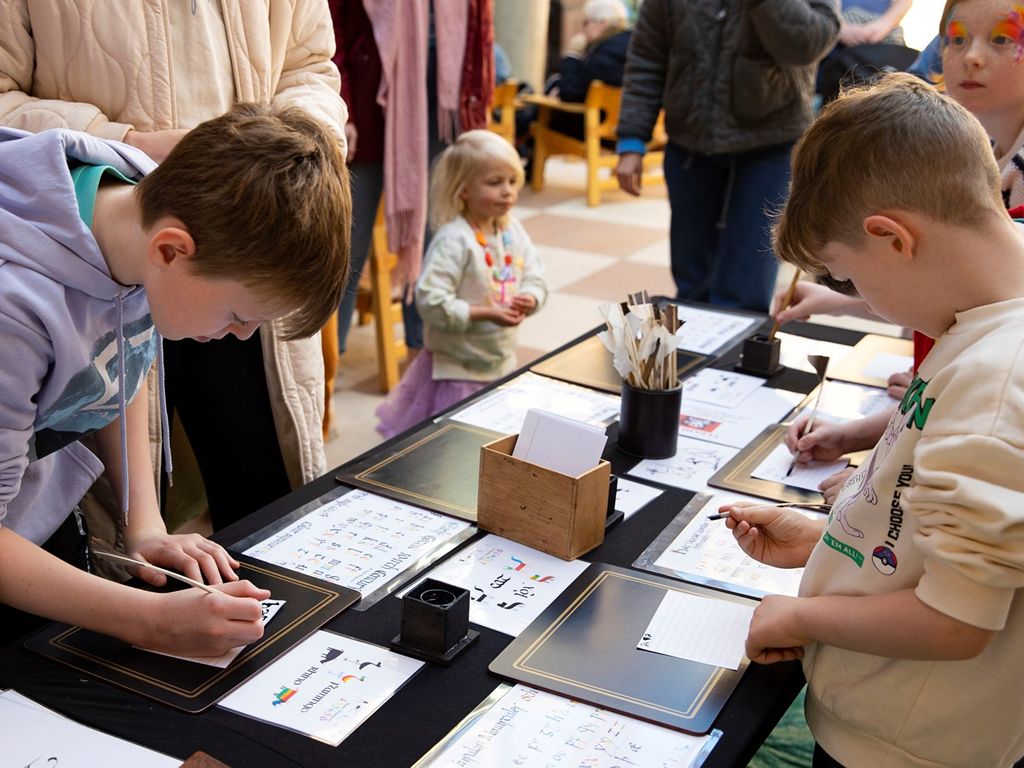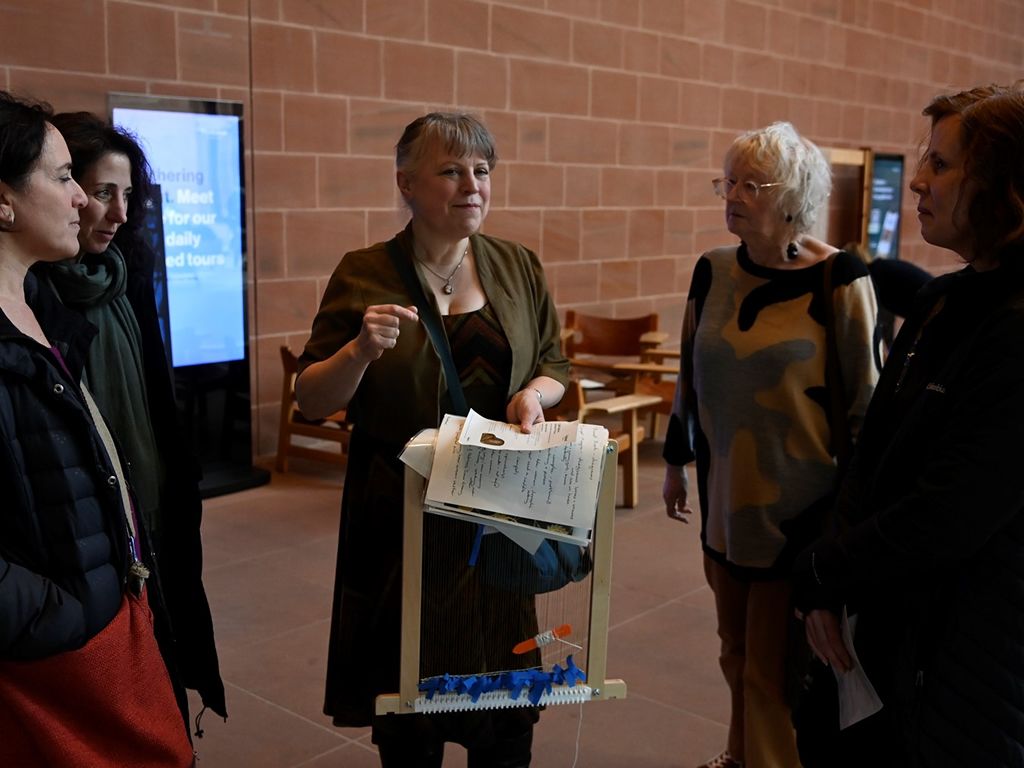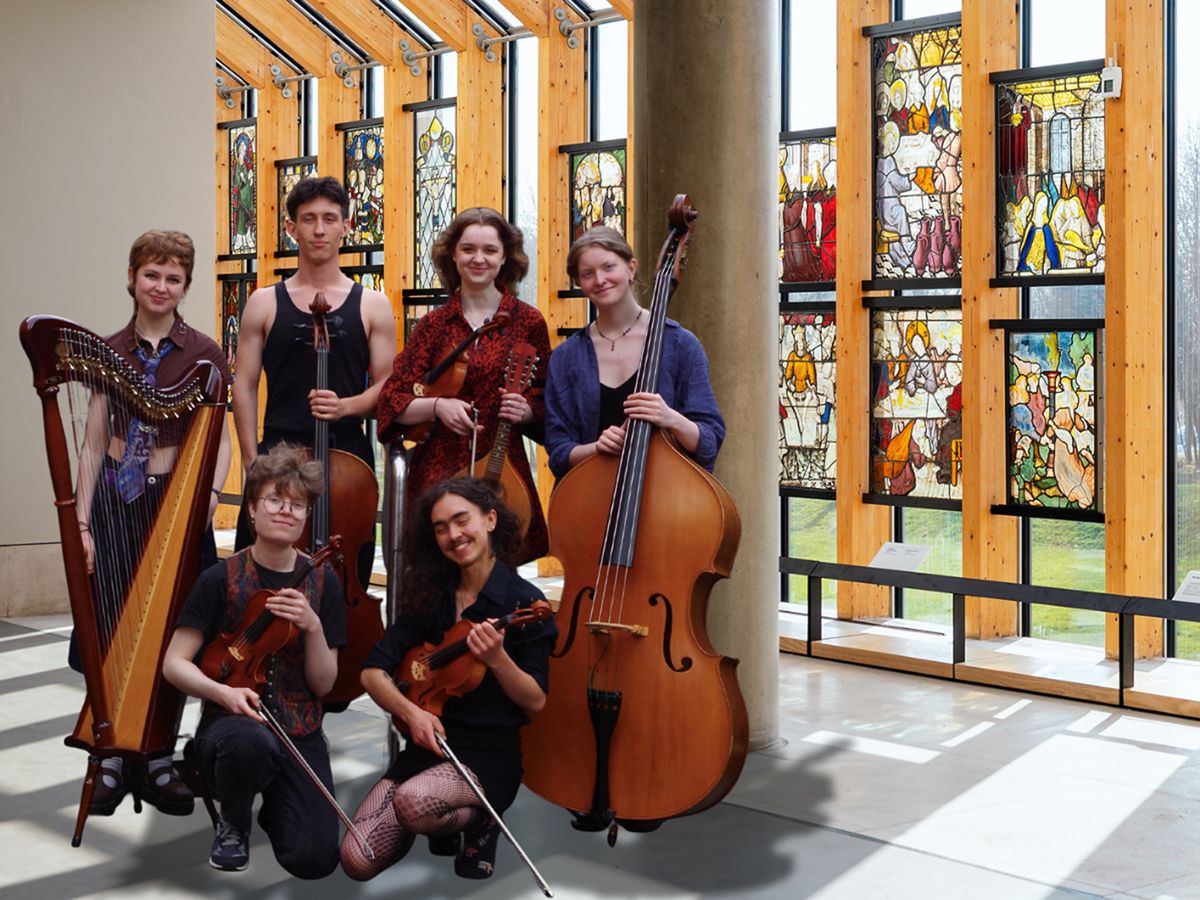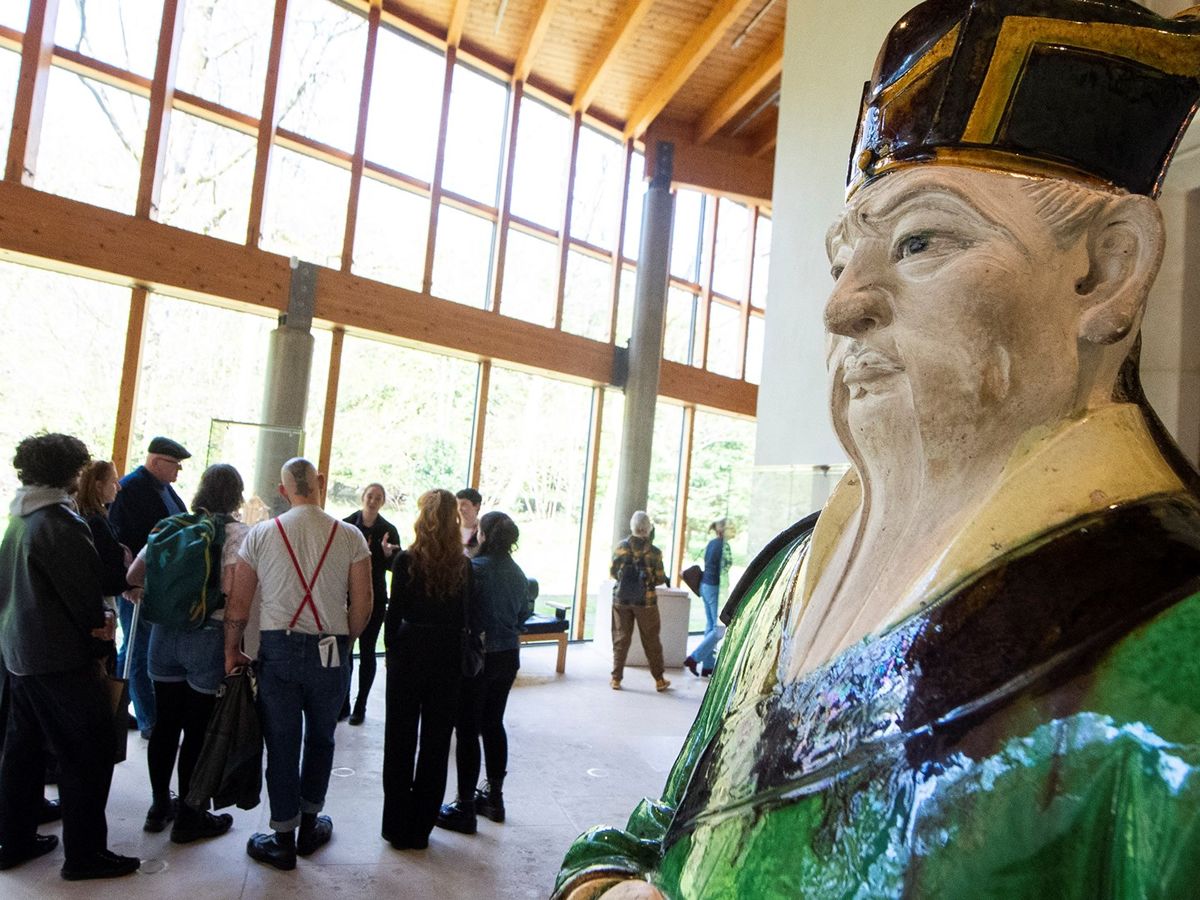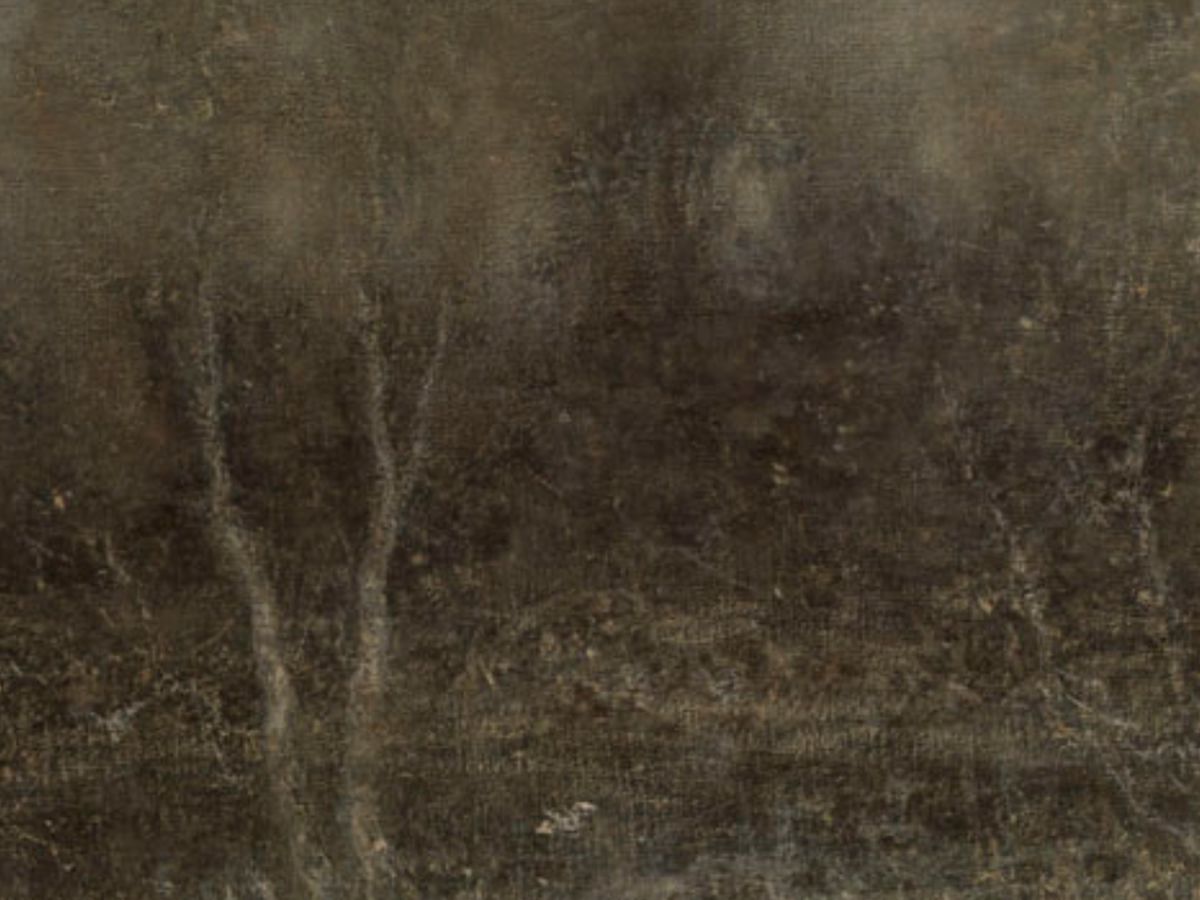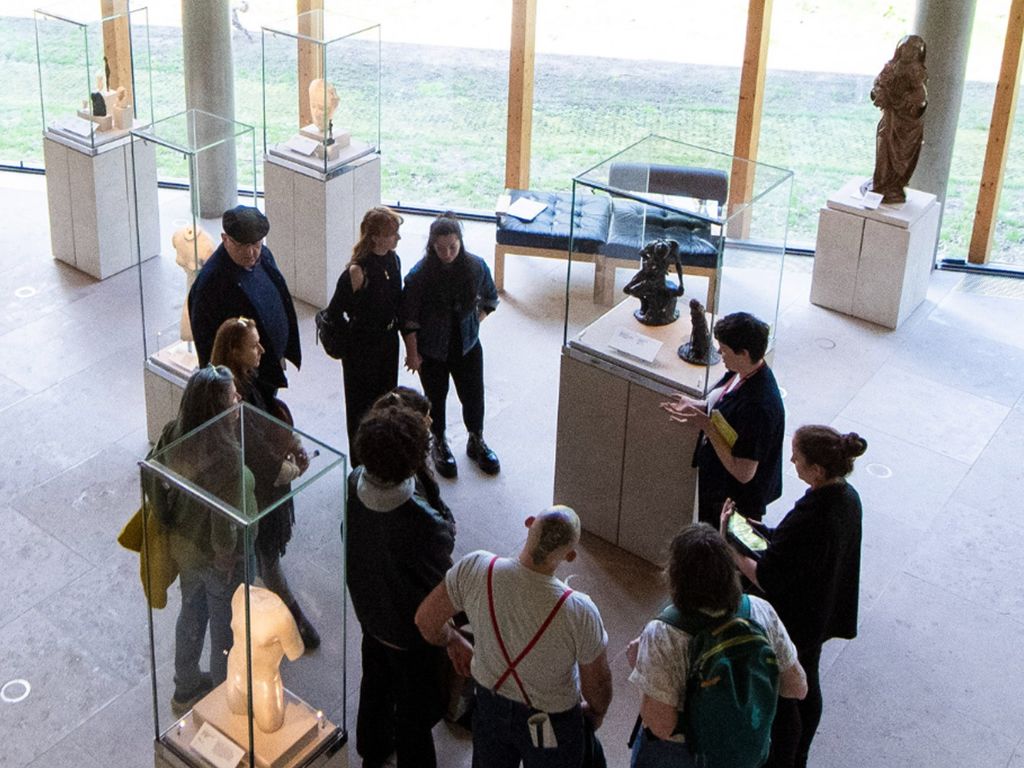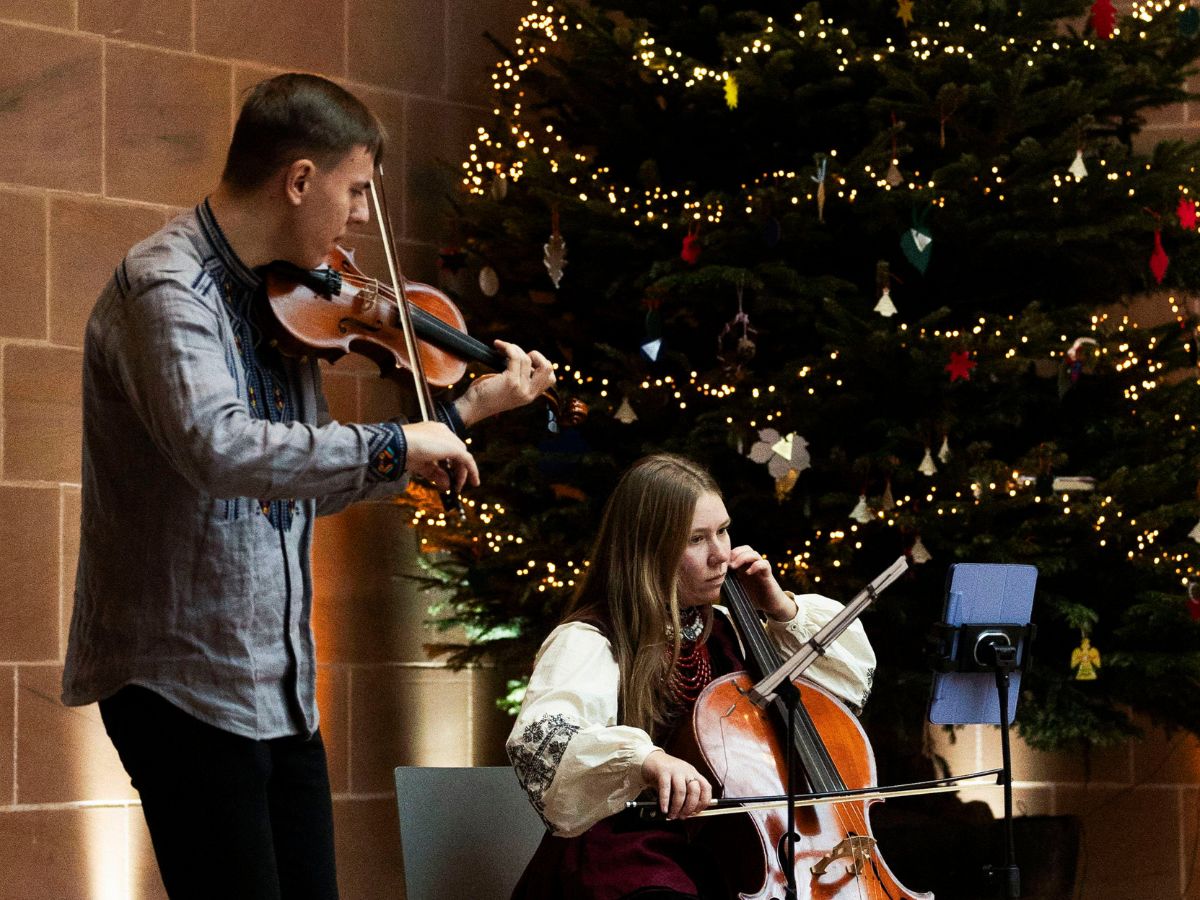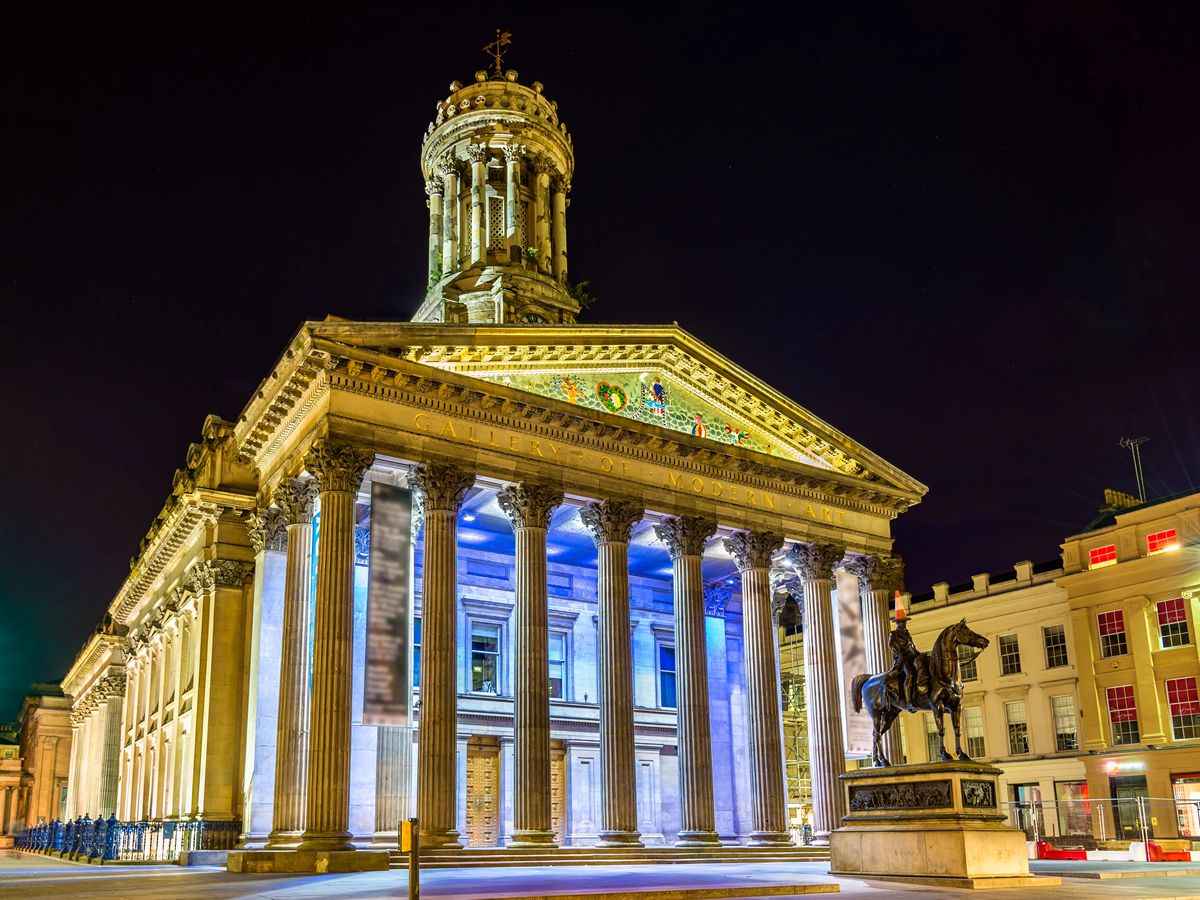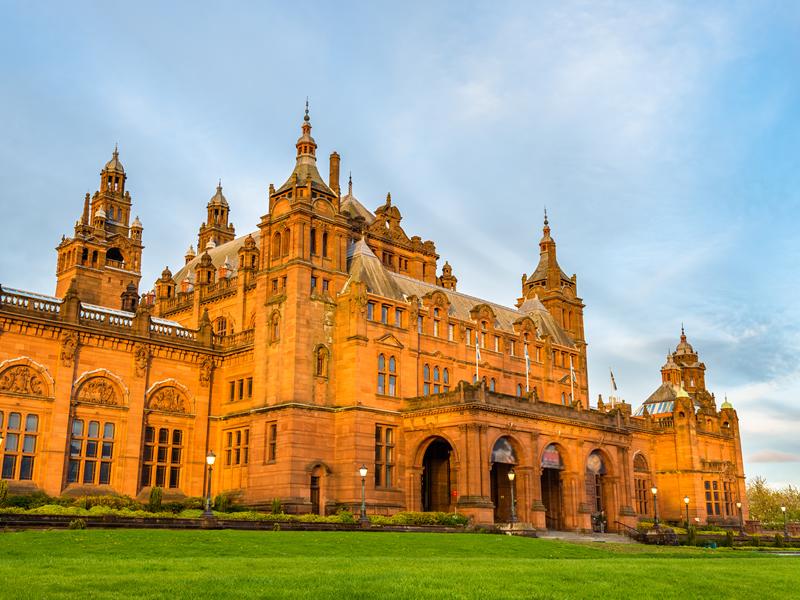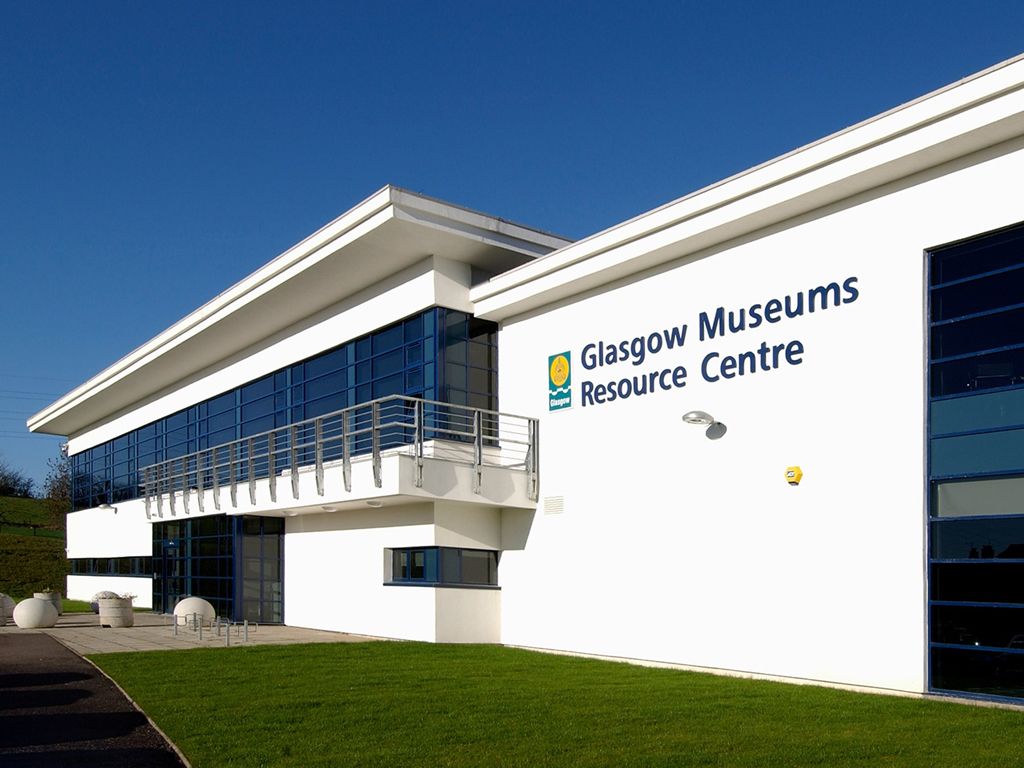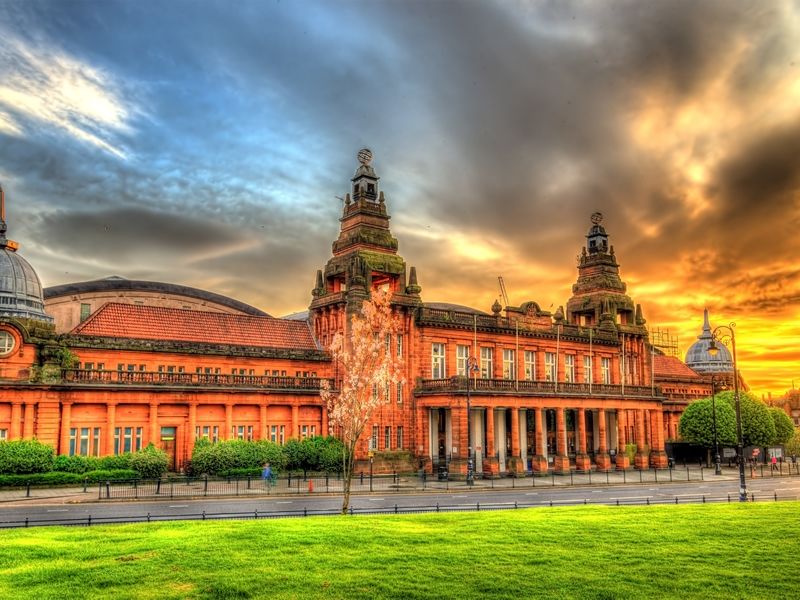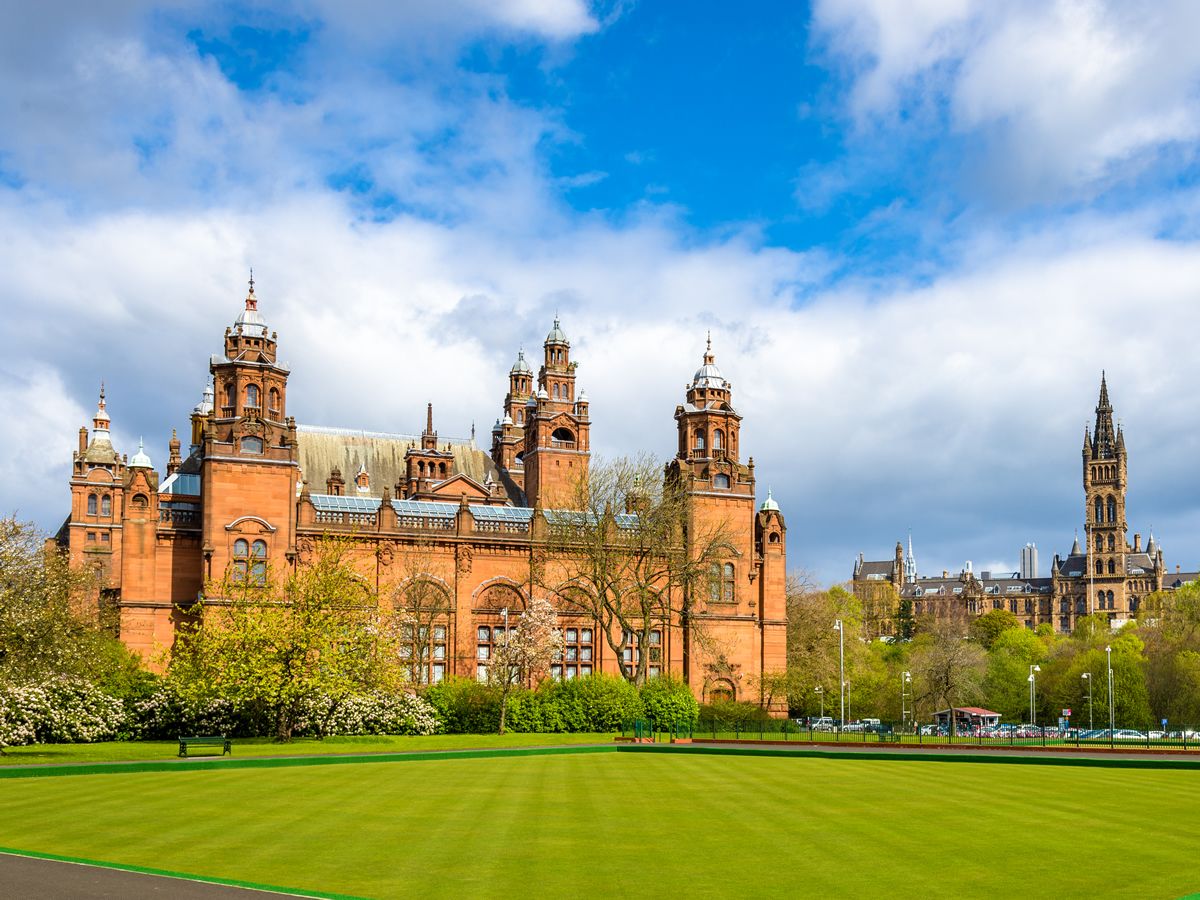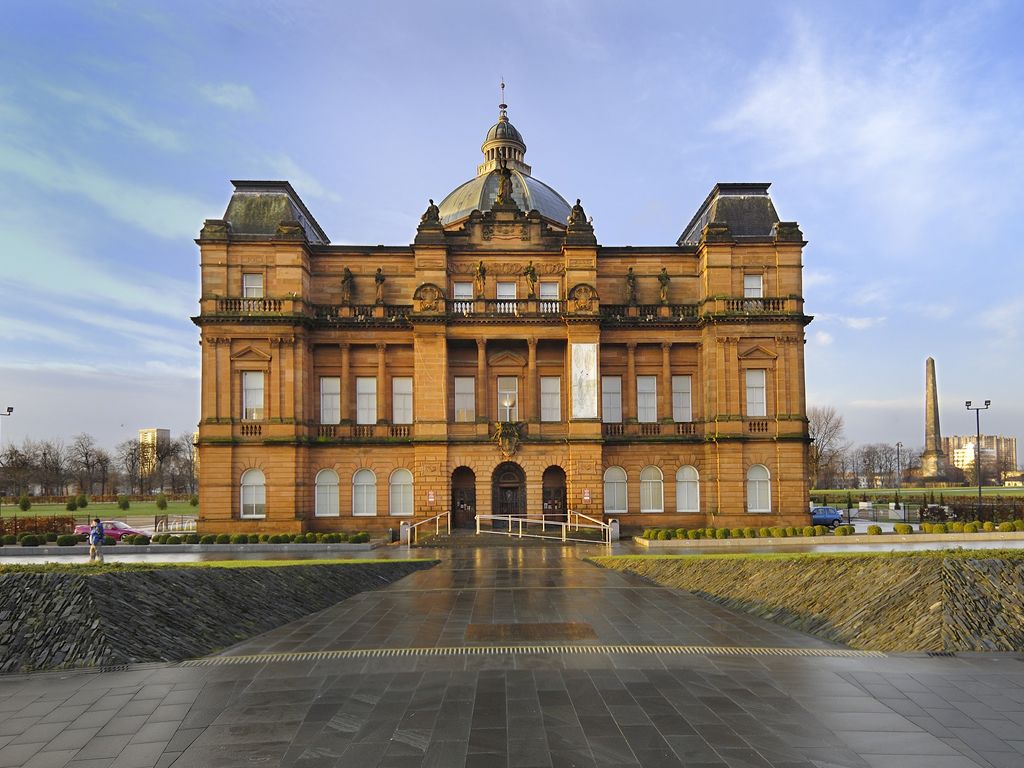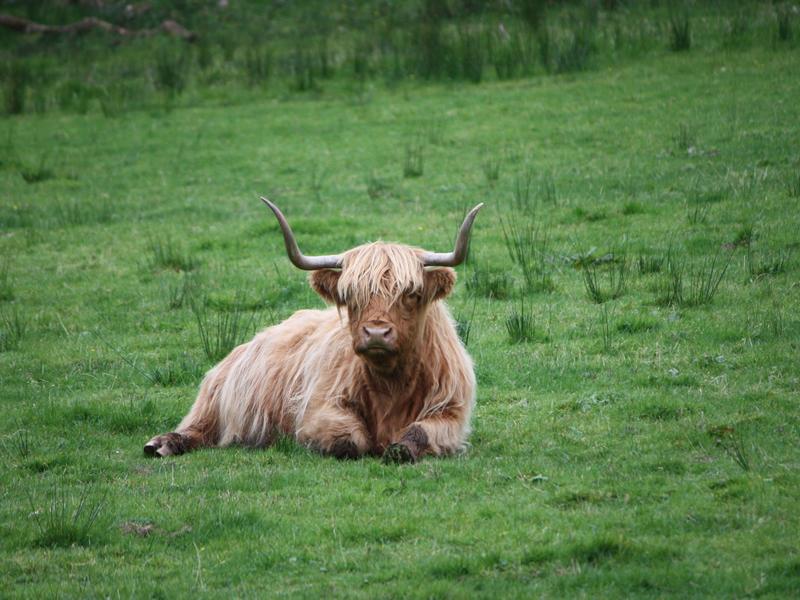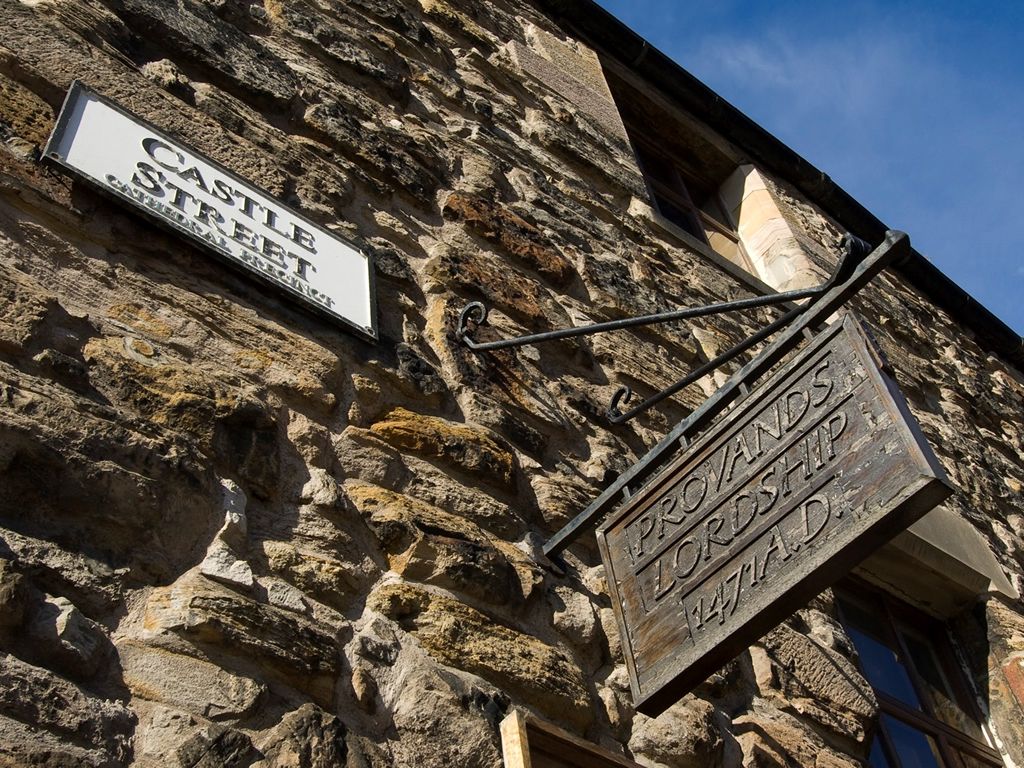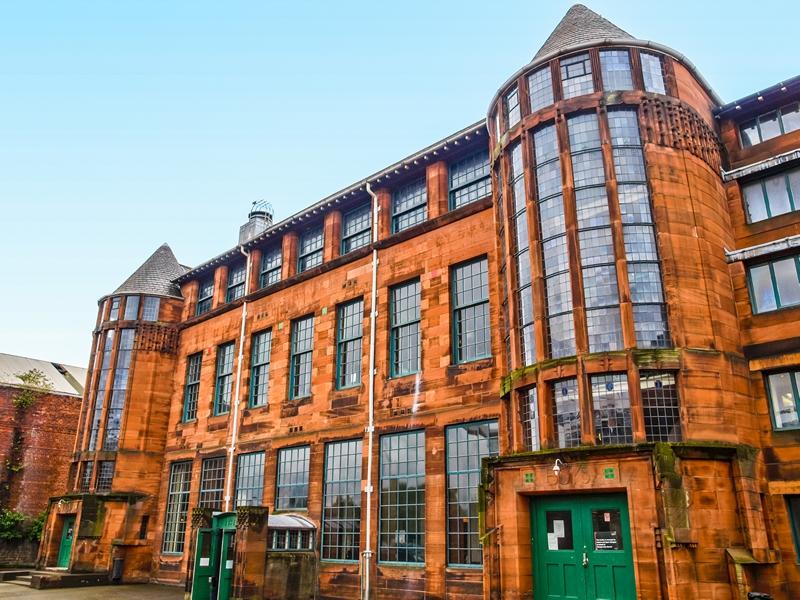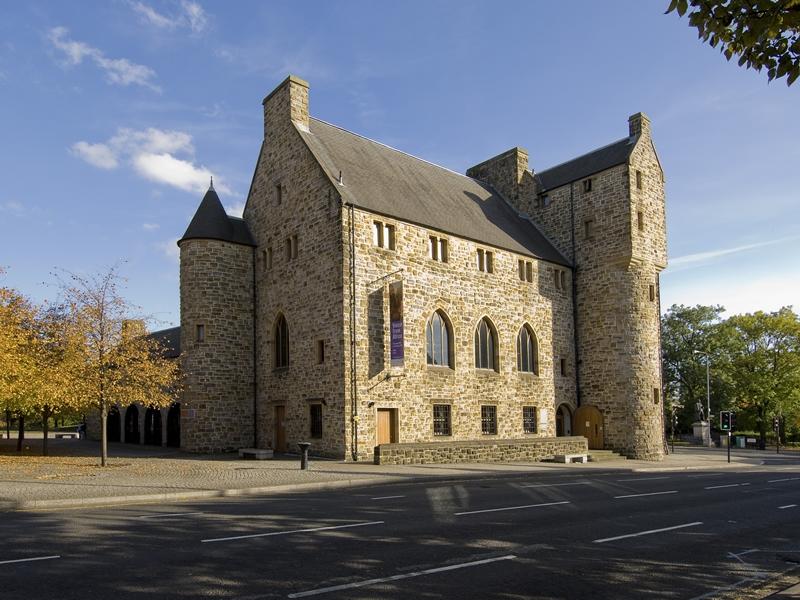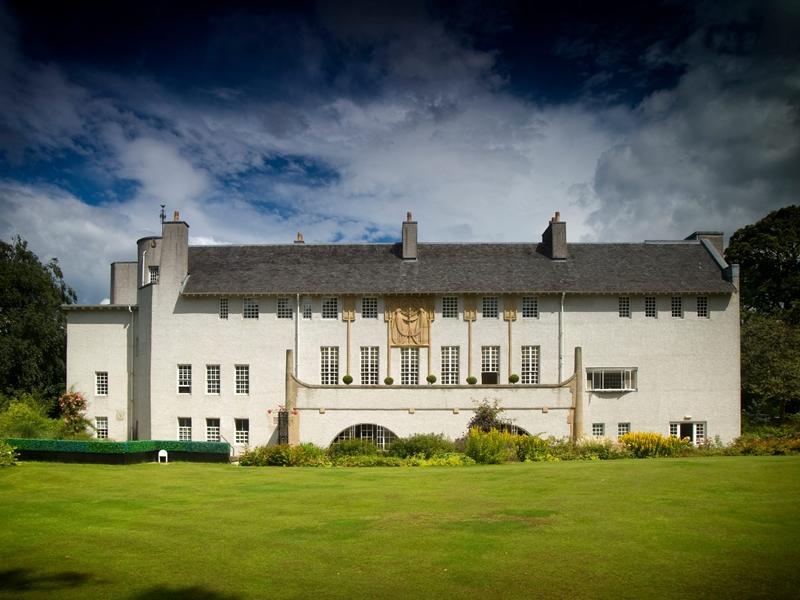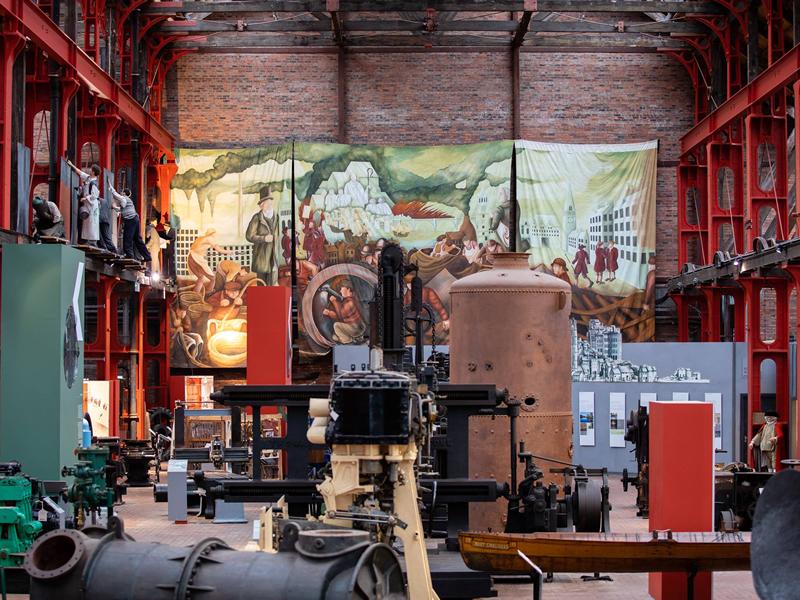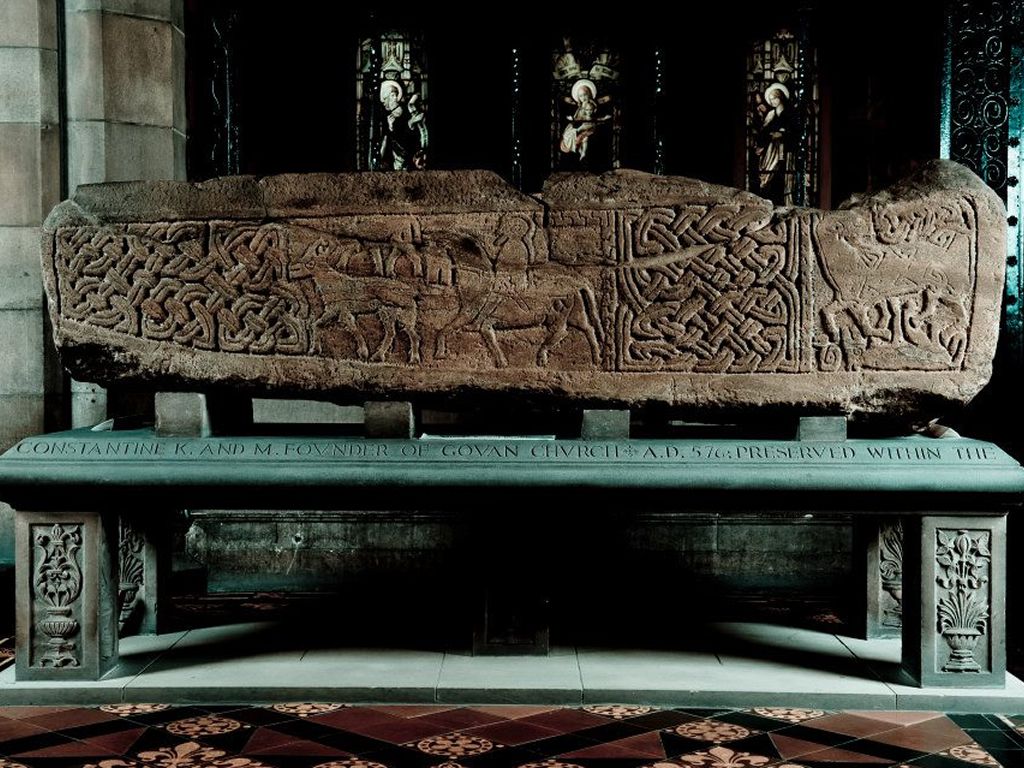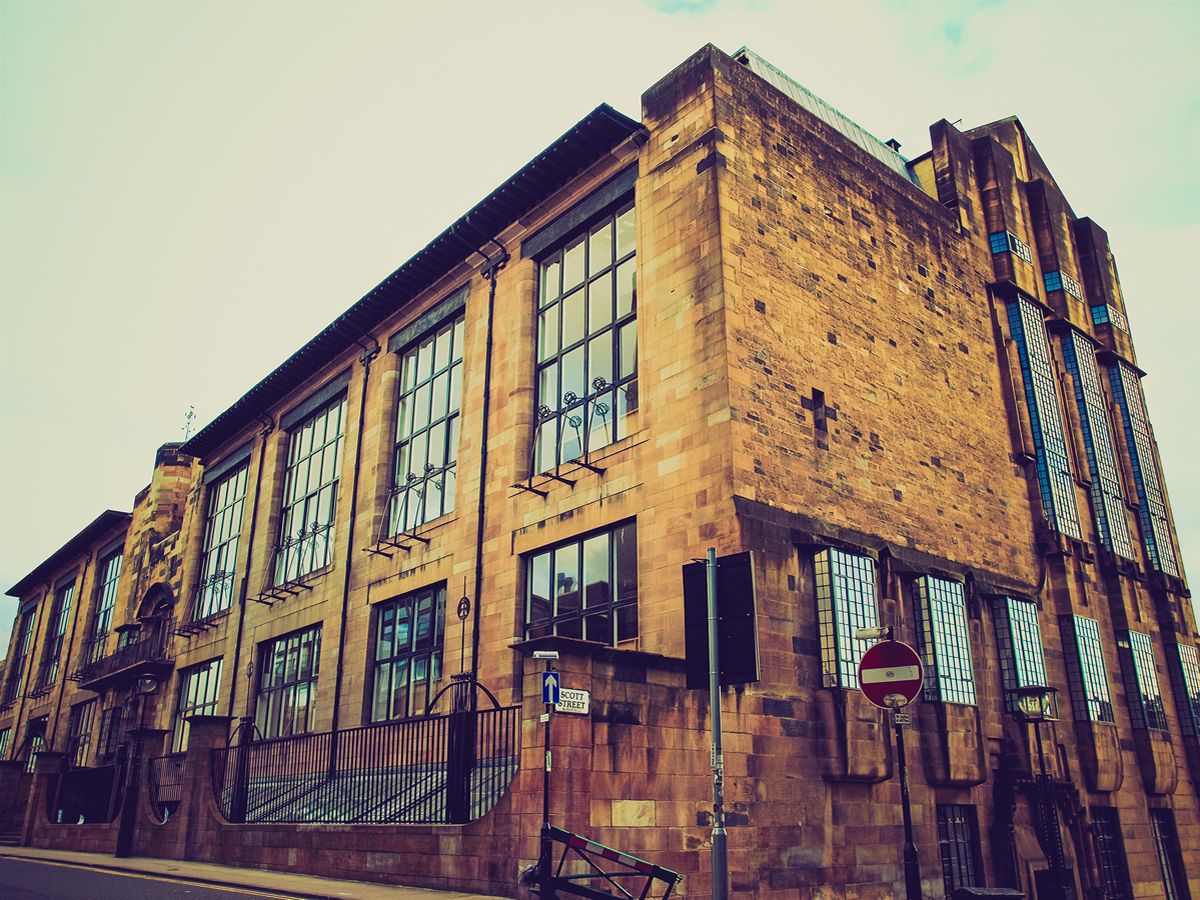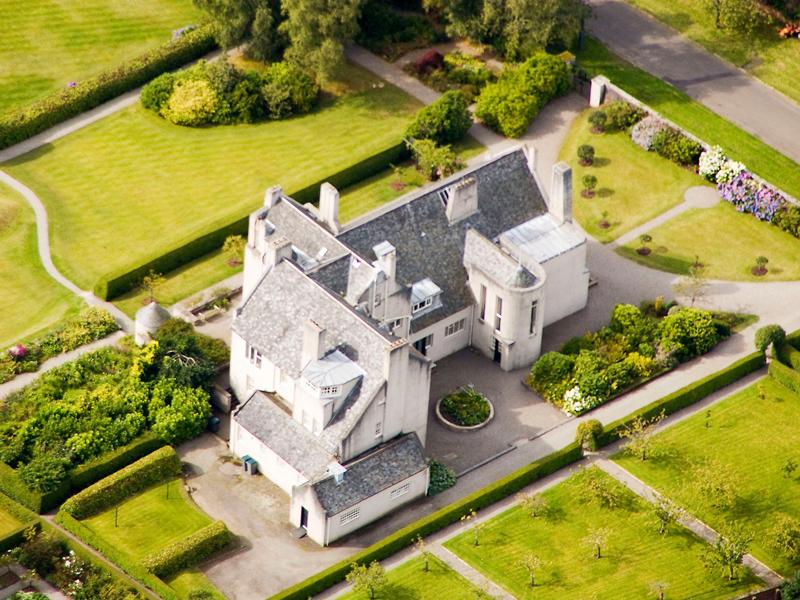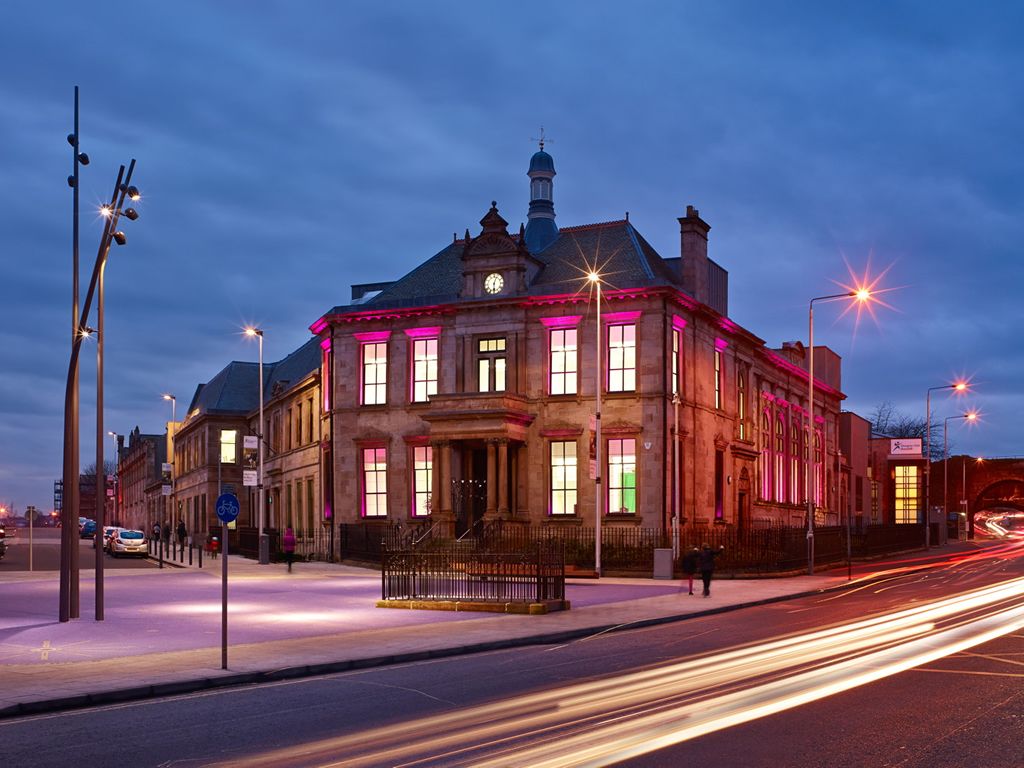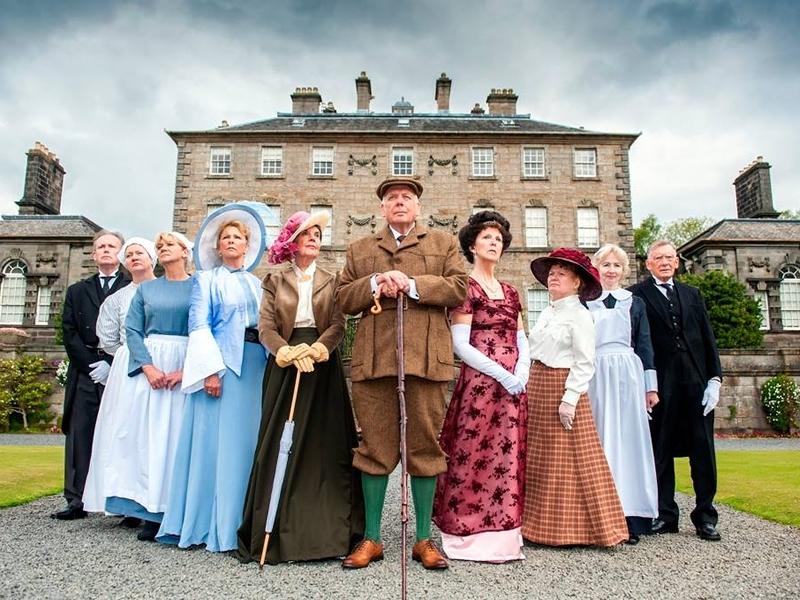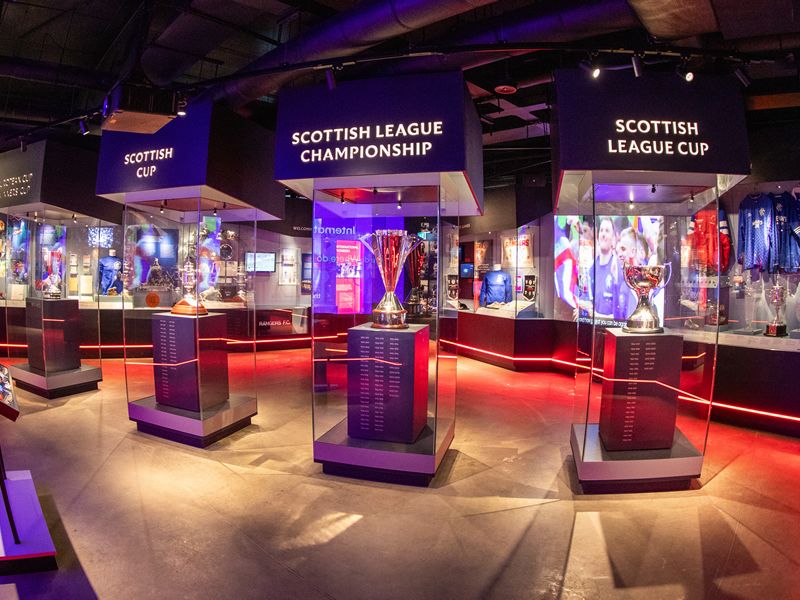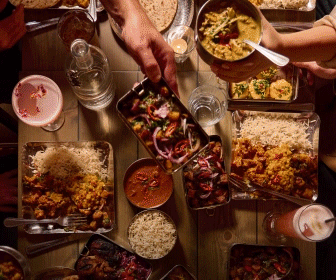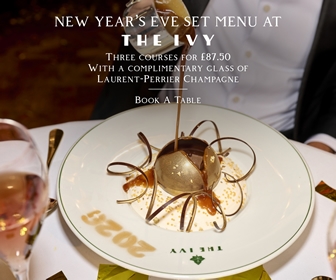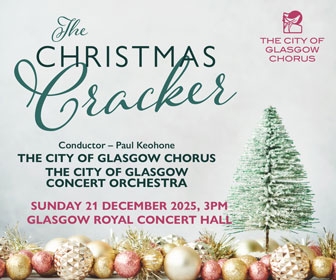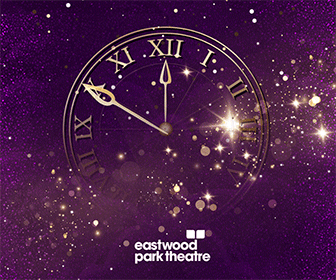The Burrell Collection
Housed in its purpose-built home surrounded by beautiful parkland, The Burrell Collections is ranked amongst the most significant civic museum collections in the UK!
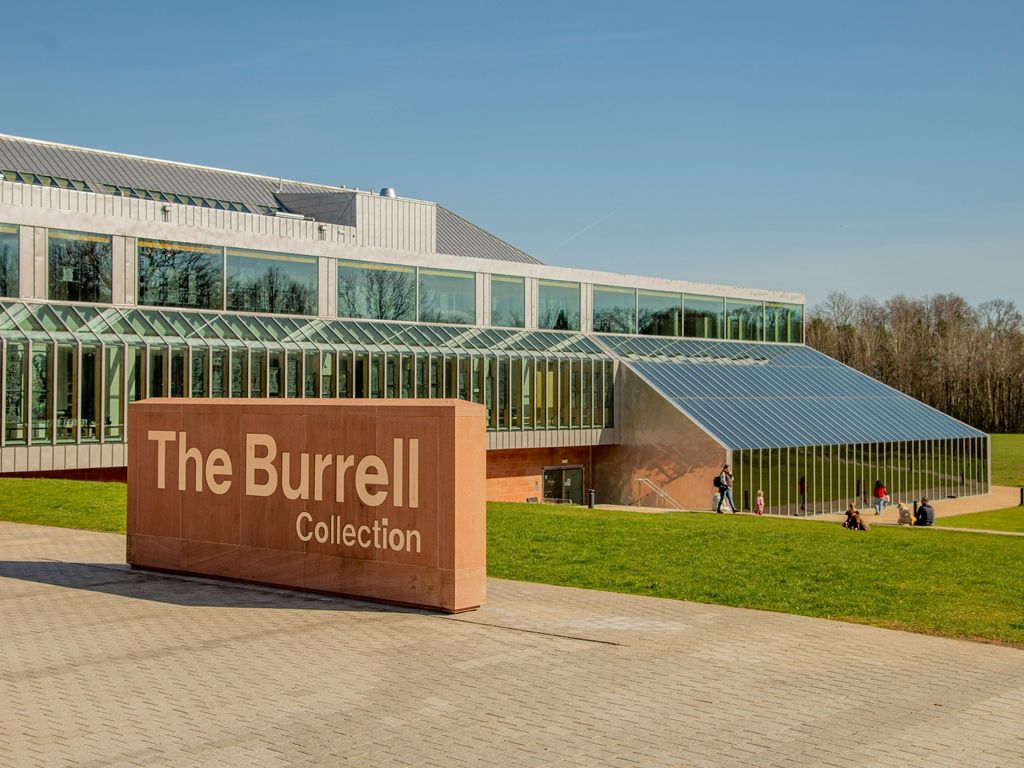
About The Burrell Collection
| 2060 Pollokshaws Road, Glasgow South Side G43 1AT | |
| 01412872550 | |
| The Burrell Collection Website | |
| Facebook information can be found here or here | |
The Burrell Collection is part of Glasgow Museums and is free to visit.
Visit The Burrell Collection to see an astonishing range of beautiful objects from around the world. The collection is named after its donor, the shipping magnate Sir William Burrell. It’s one of the greatest collections ever created by one person, comprising over 8000 objects.
In the heart of Pollok Country Park, this award-winning building houses a unique collection in a beautiful woodland setting.
The Burrell Collection displays range from work by major artists including Rodin, Degas and Cézanne, to important examples of late medieval art, Chinese and Islamic art, Ancient Civilizations and more.
The Burrell Collection regularly hosts temporary exhibitions, and runs an extensive programme of events and activities for both adults and families with children.
All information (whether in text or photographs) is supplied in good faith but should not be relied upon as being a statement of representation or fact.
Upcoming Events at The Burrell Collection
Discover! Weekend Sessions
Join The Burrell Collection each weekend for a free drop in family session where you can get hands on and find out more about the collection through crafts, music and object handling!
READ MOREBurrell Bites
Enjoy a specially curated talk about the history and context of a new object(s) from the Burrell Collection each week, delivered by Curators, Gallery Assistants, Volunteer Guides and more!
READ MOREMusic at The Burrell with The Royal Conservatoire of Scotland
This special concert series at The Burrell Collection features eight unique performances showcasing 25 outstanding young musicians from The Royal Conservatoire of Scotland!
READ MORELGBTQ+ Tours at The Burrell Collection
Join curators at The Burrell Collection on a journey through the galleries uncovering hidden LGBTQ+ histories from their collection!
READ MOREA Winter Walk through European Art
Join Pippa, Curator of European Art, as she takes you on a wintery tour around the European art collection at The Burrell Collection.
READ MOREThemed Tours at The Burrell Collection
Join the Burrell Collection's expert Volunteer Guides as they take you on a journey through the collection with free themed weekly tours.
READ MOREFestive Live Music at The Burrell
Join The Burrell Collection on selected dates throughout December for a series of fantastically festive live performances!
READ MORERelated Links
Gallery of Modern Art
Gallery of Modern Art Royal Exchange Square,
Glasgow City Centre G1 3AH
Situated in the heart of the city, GoMA is Scotland's most visited modern art gallery displaying work that highlights the interests, influences and working methods of artists from around the world!
READ MORE
Glasgow Museums
,
Various Locations Glasgow
Glasgow is home to a world-class collection of museums, covering a wide range of subjects from art and history to science and technology.
READ MORE
Glasgow Museums Resource Centre
200 Woodhead Road,
Glasgow South Side G53 7NN
Glasgow Museums Resource Centre (GMRC) is a purpose-built store for Glasgow Museums' collections when they're not on display in the venues.
READ MORE
Kelvin Hall
1445 Argyle Street,
Glasgow West End G3 8AW
Kelvin Hall stands on the banks of the River Kelvin opposite Kelvingrove Art Gallery and Museum in the West End of Glasgow.
READ MORE
Kelvingrove Art Gallery and Museum
Kelvingrove Art Gallery and Museum Argyle Street,
Glasgow West End G3 8AG
Kelvingrove Art Gallery and Museum is one of both Glasgow's and Scotland's most popular free attractions boasting an extensive collection of over 8000 objects displayed across 22 themed galleries!
READ MORE
Peoples Palace and Winter Gardens
People's Palace and Winter Gardens Glasgow Green,
Glasgow City Centre G40 1AT
The People’s Palace, set in historic Glasgow Green, tells the story of the people and city of Glasgow from 1750 to the end of the 20th century.
READ MORE
Pollok Country Park
2060 Pollokshaws Road,
Glasgow South Side G43 1AT
Pollok Country Park is Glasgow's largest park and the only Country Park within Glasgow. Its extensive woodlands and gardens provide a quiet sanctuary for both visitors and wildlife.
READ MORE
Provands Lordship
3 Castle Street,
Glasgow City Centre G4 0RB
Step back in time and discover Glasgow's unique history with a visit to the oldest house in the city... The Provand's Lordship!
READ MORE
Riverside Museum
100 Pointhouse Place,
Glasgow West End G3 8RS
Visit the Riverside Museum for FREE and experience the wonder of Glasgow's industrial heritage in this striking building designed by internationally renowned architect Zaha Hadid.
READ MORE
Scotland Street School Museum
225 Scotland Street,
Glasgow South Side G5 8QB
Scotland Street School Museum was designed by Charles Rennie Mackintosh and offers a fascinating glimpse into schooldays of the past.
READ MORE
St Mungo Museum of Religious Life & Art
2 Castle Street,
Glasgow City Centre G4 0RH
The award-winning St Mungo Museum is a haven of tranquillity in a bustling city. This museum is named after Glasgow's patron saint, who brought the Christian faith to Scotland in the 6th century.
READ MORE
More Museums in Glasgow
House for an Art Lover
Bellahouston Park Dumbreck Road,
Glasgow South Side G41 5BW
Designed by famous Scottish architect Charles Rennie Mackintosh, House for an Art Lover is a truly unique venue and one of Glasgow's architectural gems!
READ MORE
Provands Lordship
3 Castle Street,
Glasgow City Centre G4 0RB
Step back in time and discover Glasgow's unique history with a visit to the oldest house in the city... The Provand's Lordship!
READ MORE
Kelvin Hall
1445 Argyle Street,
Glasgow West End G3 8AW
Kelvin Hall stands on the banks of the River Kelvin opposite Kelvingrove Art Gallery and Museum in the West End of Glasgow.
READ MORE
Scottish Maritime Museum Dumbarton
Denny Ship Model Experiment Tank Castle Street,
Dumbarton G82 1QS
The Scottish Maritime Museum is a four-star tourist attraction based in the west of Scotland, with sites in Irvine and Dumbarton.
READ MORE
The Govan Stones Project
886 Govan Road,
Glasgow South Side G51 3UU
The Govan Stones are one of Glasgow's most important historical and cultural assets, explore the 31 monuments within the beautiful setting of Govan Old Church.
READ MORE
Scotland Street School Museum
225 Scotland Street,
Glasgow South Side G5 8QB
Scotland Street School Museum was designed by Charles Rennie Mackintosh and offers a fascinating glimpse into schooldays of the past.
READ MORE
The Glasgow School of Art
The Glasgow School of Art Renfrew Street,
Glasgow City Centre G3 6RF
Mackintosh's 'masterwork' The Glasgow School of Art, built 1897-1909, bookends his architectural career.
READ MORE
The Hill House
The Hill House Upper Colquhoun Street,
Helensburgh G84 9AJ
High on a hill in Helensburgh, overlooking the River Clyde, sits what is universally regarded as Charles Rennie Mackintosh’s finest domestic creation!
READ MORE
St Mungo Museum of Religious Life & Art
2 Castle Street,
Glasgow City Centre G4 0RH
The award-winning St Mungo Museum is a haven of tranquillity in a bustling city. This museum is named after Glasgow's patron saint, who brought the Christian faith to Scotland in the 6th century.
READ MORE
Maryhill Burgh Halls
10-24 Gairbraid Avenue,
Glasgow West End G20 8YE
Maryhill Burgh Halls is a charity-run space for community, events, local heritage and more, striving to make culture, arts and heritage accessible for all!
READ MORE
Pollok House
2060 Pollokshaws Road,
Glasgow South Side G43 1AT
A grand country house near Glasgow city centre, Pollok House is Scotland’s answer to Downton Abbey and gives a real taste of upstairs/downstairs life in the 1930s!
READ MORE
Rangers Museum
100 Edmiston Drive,
Glasgow South Side G51 2YX
Celebrate the extensive history of Rangers Football Club over the last 151 years, with a visit to the state-of-the-art Rangers Museum!
READ MORE
All Museums listings in Glasgow
Gallery of Modern Art
Situated in the heart of the city, GoMA is Scotland's most visited modern art gallery displaying work that highlights the interests, influences and working methods of artists from around the world!
READ MOREGlasgow Museums
Glasgow is home to a world-class collection of museums, covering a wide range of subjects from art and history to science and technology.
READ MOREGlasgow Museums Resource Centre
Glasgow Museums Resource Centre (GMRC) is a purpose-built store for Glasgow Museums' collections when they're not on display in the venues.
READ MOREKelvin Hall
Kelvin Hall stands on the banks of the River Kelvin opposite Kelvingrove Art Gallery and Museum in the West End of Glasgow.
READ MOREKelvingrove Art Gallery and Museum
Kelvingrove Art Gallery and Museum is one of both Glasgow's and Scotland's most popular free attractions boasting an extensive collection of over 8000 objects displayed across 22 themed galleries!
READ MOREPeoples Palace and Winter Gardens
The People’s Palace, set in historic Glasgow Green, tells the story of the people and city of Glasgow from 1750 to the end of the 20th century.
READ MOREPollok Country Park
Pollok Country Park is Glasgow's largest park and the only Country Park within Glasgow. Its extensive woodlands and gardens provide a quiet sanctuary for both visitors and wildlife.
READ MOREProvands Lordship
Step back in time and discover Glasgow's unique history with a visit to the oldest house in the city... The Provand's Lordship!
READ MORERiverside Museum
Visit the Riverside Museum for FREE and experience the wonder of Glasgow's industrial heritage in this striking building designed by internationally renowned architect Zaha Hadid.
READ MOREScotland Street School Museum
Scotland Street School Museum was designed by Charles Rennie Mackintosh and offers a fascinating glimpse into schooldays of the past.
READ MORESt Mungo Museum of Religious Life & Art
The award-winning St Mungo Museum is a haven of tranquillity in a bustling city. This museum is named after Glasgow's patron saint, who brought the Christian faith to Scotland in the 6th century.
READ MOREHouse for an Art Lover
Designed by famous Scottish architect Charles Rennie Mackintosh, House for an Art Lover is a truly unique venue and one of Glasgow's architectural gems!
READ MOREProvands Lordship
Step back in time and discover Glasgow's unique history with a visit to the oldest house in the city... The Provand's Lordship!
READ MOREKelvin Hall
Kelvin Hall stands on the banks of the River Kelvin opposite Kelvingrove Art Gallery and Museum in the West End of Glasgow.
READ MOREScottish Maritime Museum Dumbarton
The Scottish Maritime Museum is a four-star tourist attraction based in the west of Scotland, with sites in Irvine and Dumbarton.
READ MOREThe Govan Stones Project
The Govan Stones are one of Glasgow's most important historical and cultural assets, explore the 31 monuments within the beautiful setting of Govan Old Church.
READ MOREScotland Street School Museum
Scotland Street School Museum was designed by Charles Rennie Mackintosh and offers a fascinating glimpse into schooldays of the past.
READ MOREThe Glasgow School of Art
Mackintosh's 'masterwork' The Glasgow School of Art, built 1897-1909, bookends his architectural career.
READ MOREThe Hill House
High on a hill in Helensburgh, overlooking the River Clyde, sits what is universally regarded as Charles Rennie Mackintosh’s finest domestic creation!
READ MORESt Mungo Museum of Religious Life & Art
The award-winning St Mungo Museum is a haven of tranquillity in a bustling city. This museum is named after Glasgow's patron saint, who brought the Christian faith to Scotland in the 6th century.
READ MOREMaryhill Burgh Halls
Maryhill Burgh Halls is a charity-run space for community, events, local heritage and more, striving to make culture, arts and heritage accessible for all!
READ MOREPollok House
A grand country house near Glasgow city centre, Pollok House is Scotland’s answer to Downton Abbey and gives a real taste of upstairs/downstairs life in the 1930s!
READ MORERangers Museum
Celebrate the extensive history of Rangers Football Club over the last 151 years, with a visit to the state-of-the-art Rangers Museum!
READ MORE